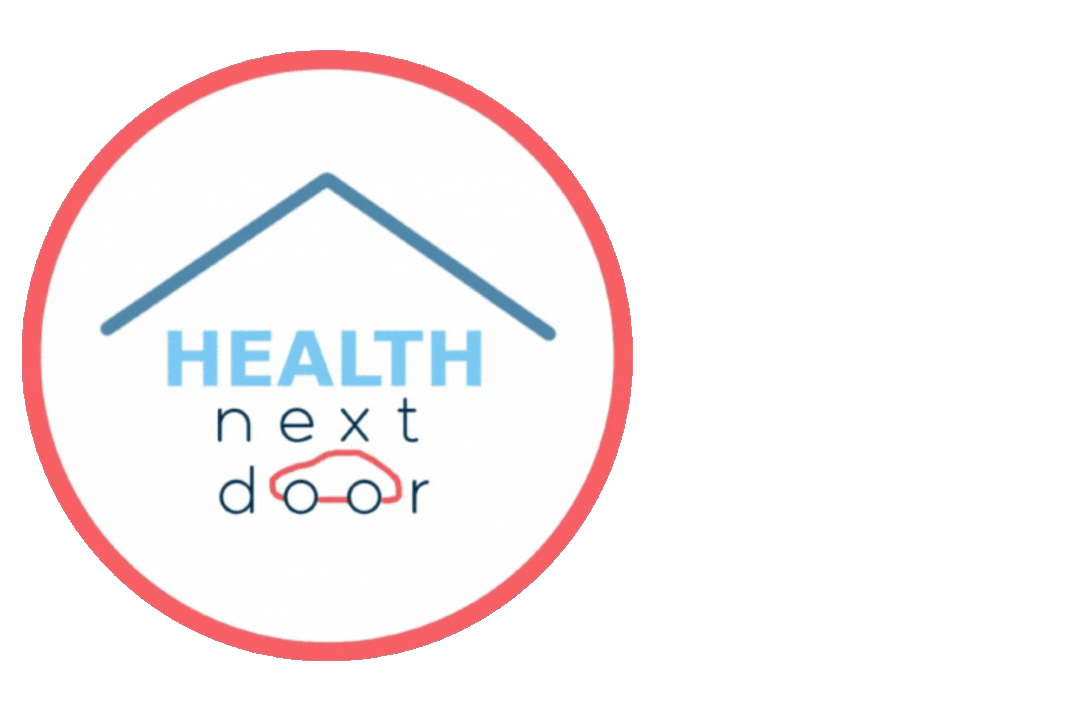What are Effective Physiotherapy Exercises for Children with Cerebral Palsy?

Cerebral palsy (CP) is a group of disorders that affect a person’s ability to move and maintain balance and posture. For children with CP, physiotherapy is a crucial part of managing symptoms and improving their quality of life. At Health Next Door, we specialise in providing tailored physiotherapy services that cater to the unique needs of children with cerebral palsy. In this blog post, we will explore some effective physiotherapy exercises that can help enhance mobility, strength, and overall well-being for kids with CP.
1. Stretching Exercises
Purpose: To improve flexibility and prevent muscle contractures.
Exercises:
Hamstring Stretch: Have the child sit with legs straight out and gently reach towards their toes. Hold for 20-30 seconds.
Calf Stretch: With the child standing, encourage them to place one foot forward and bend the knee while keeping the back leg straight. Hold for 20-30 seconds.
Quadriceps Stretch: Help the child stand and pull one foot towards their buttocks, holding the ankle. Hold for 20-30 seconds.
2. Strengthening Exercises
Purpose: To enhance muscle strength and support better movement.
Exercises:
Bridging: Have the child lie on their back with knees bent and feet flat on the floor. Encourage them to lift their hips towards the ceiling and hold for a few seconds before lowering.
Wall Push-Ups: With the child standing a few feet away from a wall, place their hands on the wall and perform push-ups. This helps strengthen the upper body.
Seated Marching: While sitting in a chair, the child can lift each knee towards their chest alternately. This exercise strengthens the hip flexors and abdominal muscles.
3. Balance and Coordination Exercises
Purpose: To improve balance, coordination, and overall motor skills.
Exercises:
Standing on One Leg: Have the child stand on one leg for as long as possible, switching legs after a few seconds. Use support if necessary.
Heel-to-Toe Walking: Encourage the child to walk in a straight line, placing the heel of one foot directly in front of the toes of the other foot.
Obstacle Course: Create a simple obstacle course with items like cones or pillows. Have the child navigate through it, promoting balance and coordination.
4. Mobility Exercises
Purpose: To increase mobility and ease of movement.
Exercises:
Crawling: Encourage the child to crawl on all fours, which helps strengthen the core and improve coordination.
Walking with Assistance: Use a walker or hold the child’s hands to assist them in walking, gradually increasing the distance.
Step-Ups: With supervision, have the child step up and down a low platform or step to improve leg strength and mobility.
5. Functional Activities
Purpose: To incorporate exercises into daily activities, making them practical and engaging.
Activities:
Dressing: Encourage the child to participate in dressing themselves, which improves fine motor skills and independence.
Playing Games: Engage in games that require movement, such as catch or Simon Says, to make exercise fun and interactive.
Household Chores: Simple tasks like picking up toys or setting the table can be great for physical activity and developing coordination.
Tips for Parents and Caregivers
Consistency is Key: Regular practice of these exercises can lead to significant improvements over time.
Make it Fun: Incorporate games and playful activities to keep the child engaged and motivated.
Seek Professional Guidance: Always consult with a physiotherapist to tailor exercises to the child’s specific needs and abilities.
Monitor Progress: Keep track of improvements and adjust the exercises as needed to ensure continuous progress.
At Health Next Door, we are committed to providing personalised physiotherapy services that help children with cerebral palsy achieve their full potential. Our experienced physiotherapists work closely with families to develop effective exercise plans that are both enjoyable and beneficial.
For more information or to schedule a consultation, please contact us today. Let’s work together to improve the quality of life for children with cerebral palsy through effective physiotherapy.


.png?width=50&height=50&name=WhatsApp_Image_2024-03-29_at_13.48.58_f7740a48__1_-removebg-preview%20(1).png)